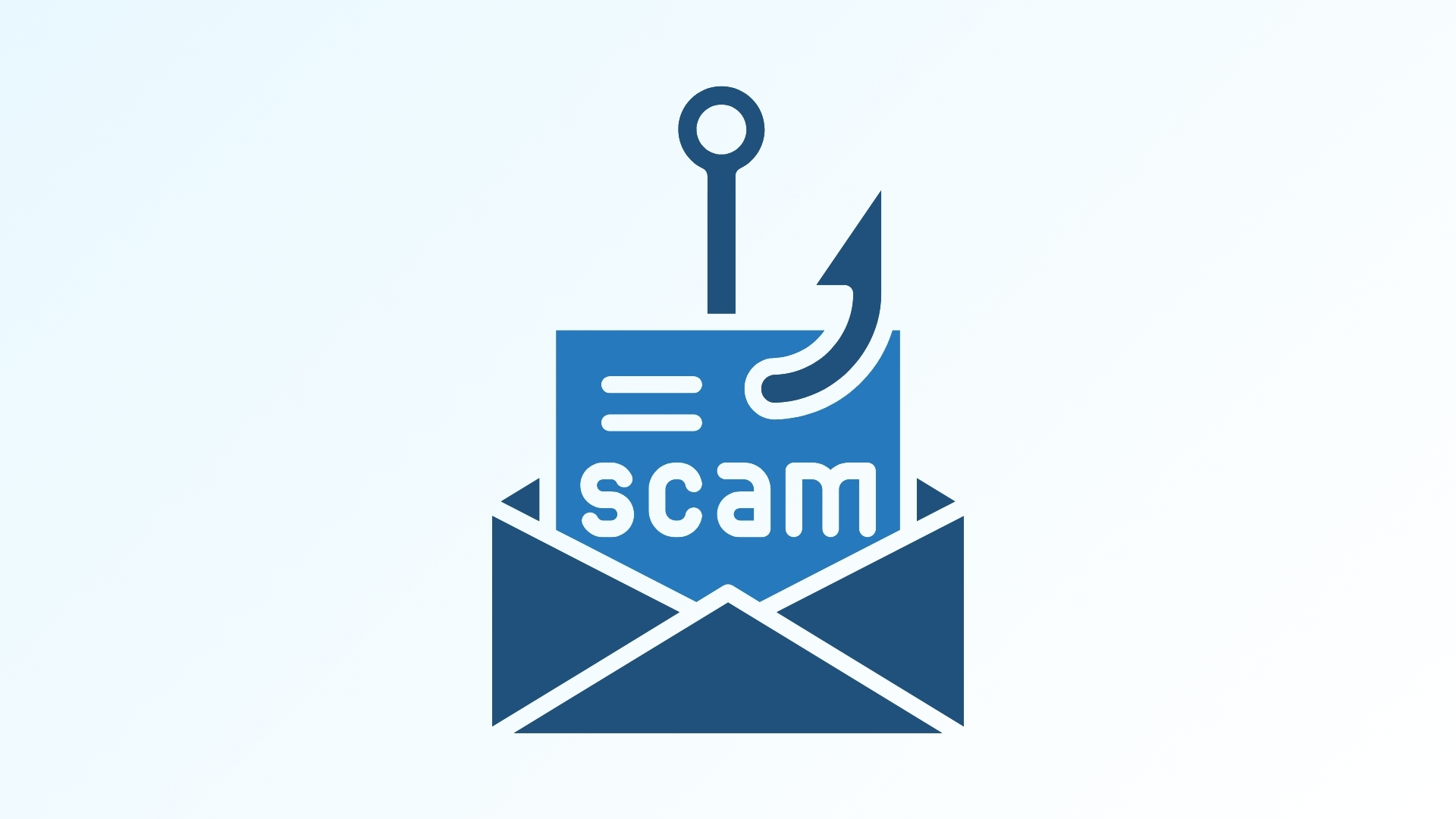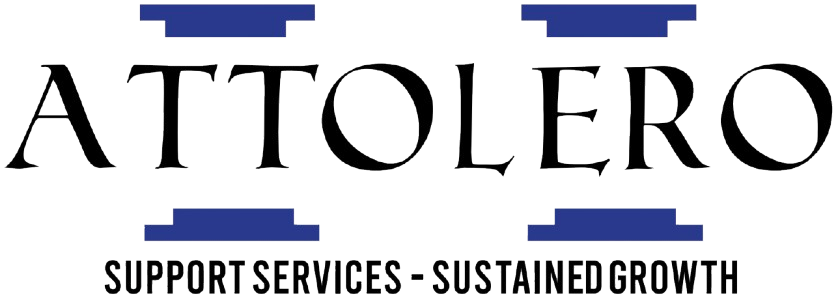Protecting Your Nonprofit from Phishing Scams
DATE
Aug 04 2025 15:00
AUTHOR
Team Attolero
You don’t need to be a cybersecurity expert to protect your nonprofit from online threats. But awareness is essential because phishing scams are getting more sophisticated, and nonprofits are increasingly being targeted.

Phishing scams continue to be one of the most common and dangerous cyber threats facing nonprofits today. These scams typically involve fraudulent emails, texts, or messages that appear to come from trusted sources—such as staff, donors, or vendors—but are designed to trick recipients into revealing sensitive information, clicking malicious links, or making unauthorized payments. Because nonprofits often rely on volunteer teams and limited IT resources, they can be especially vulnerable to these kinds of attacks.
Cybercriminals often target nonprofits because they assume smaller organizations may lack robust cybersecurity systems. Phishing messages might request login credentials, impersonate leadership to ask for gift card purchases, or mimic a payment request from a known vendor. In some cases, hackers gain access to an email account and watch internal communications before launching a convincing attack. The goal is always the same: to steal data, money, or access to systems that can be exploited further.
And the cost is real: in 2022 alone, phishing attacks resulted in over $2.7 billion in losses, according to the FBI’s Internet Crime Report (source).
To protect your nonprofit, educate staff and volunteers on how to spot suspicious messages. Key warning signs include unexpected requests for money or personal information, urgent or threatening language, unfamiliar email addresses, and misspelled domain names. Encourage everyone to verify any unexpected requests by phone or in person, rather than replying to an email or clicking links. Regular training, strong password policies, and multi-factor authentication can significantly reduce the risk of phishing success.
Finally, establish clear procedures for financial transactions and vendor communications. For example, require multiple layers of approval for wire transfers or changes to payment details. Work with your IT support to implement email filters and monitoring tools. While phishing scams are evolving, your nonprofit can stay one step ahead with a culture of awareness, verification, and cybersecurity best practices.
At Attolero, we help nonprofits build financial systems that are not only compliant but secure.
Want help reducing risk through smarter finance operations? We’re here to support you.

